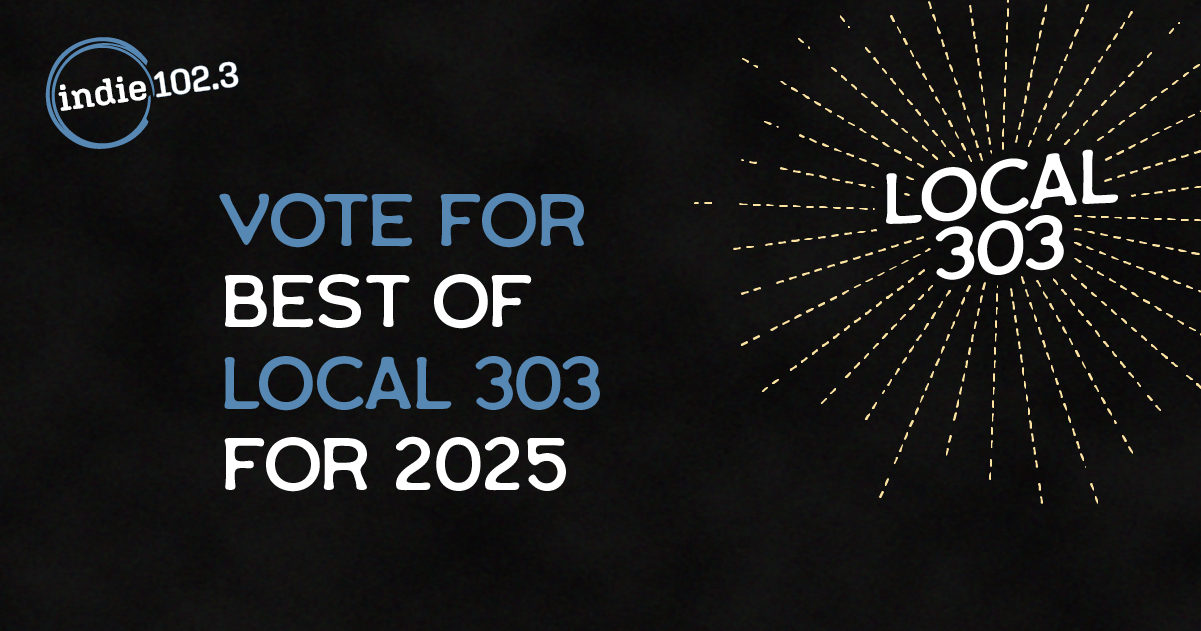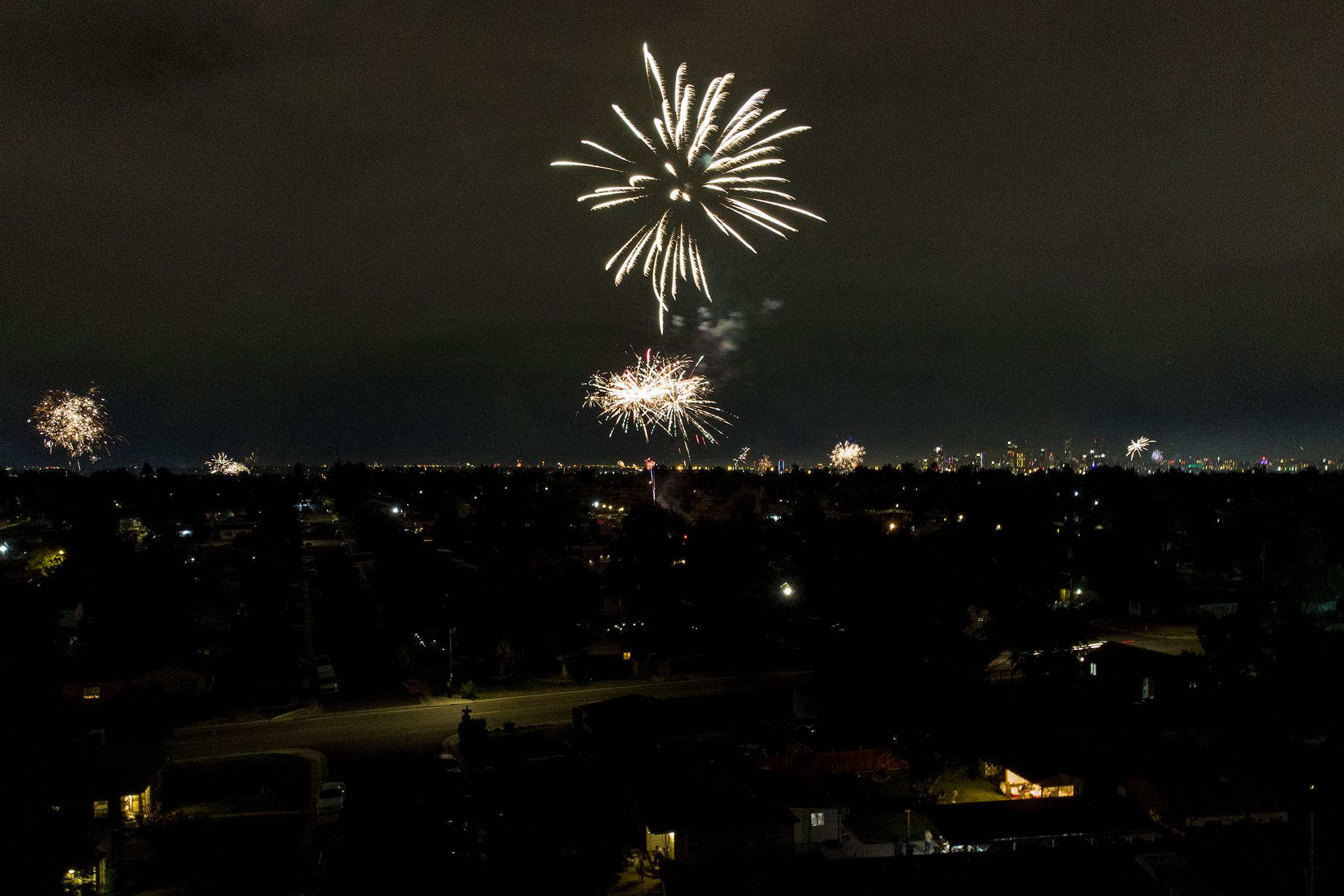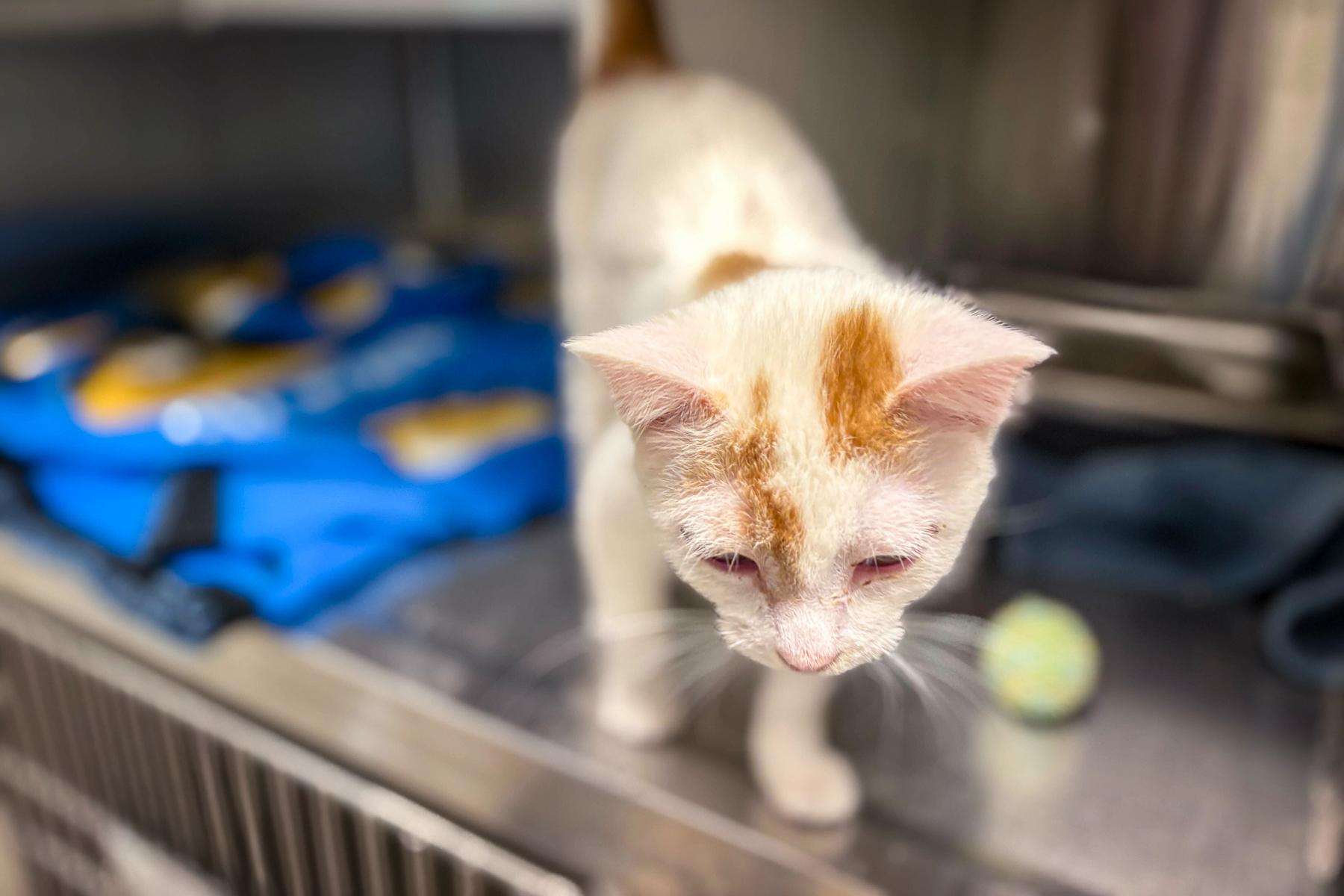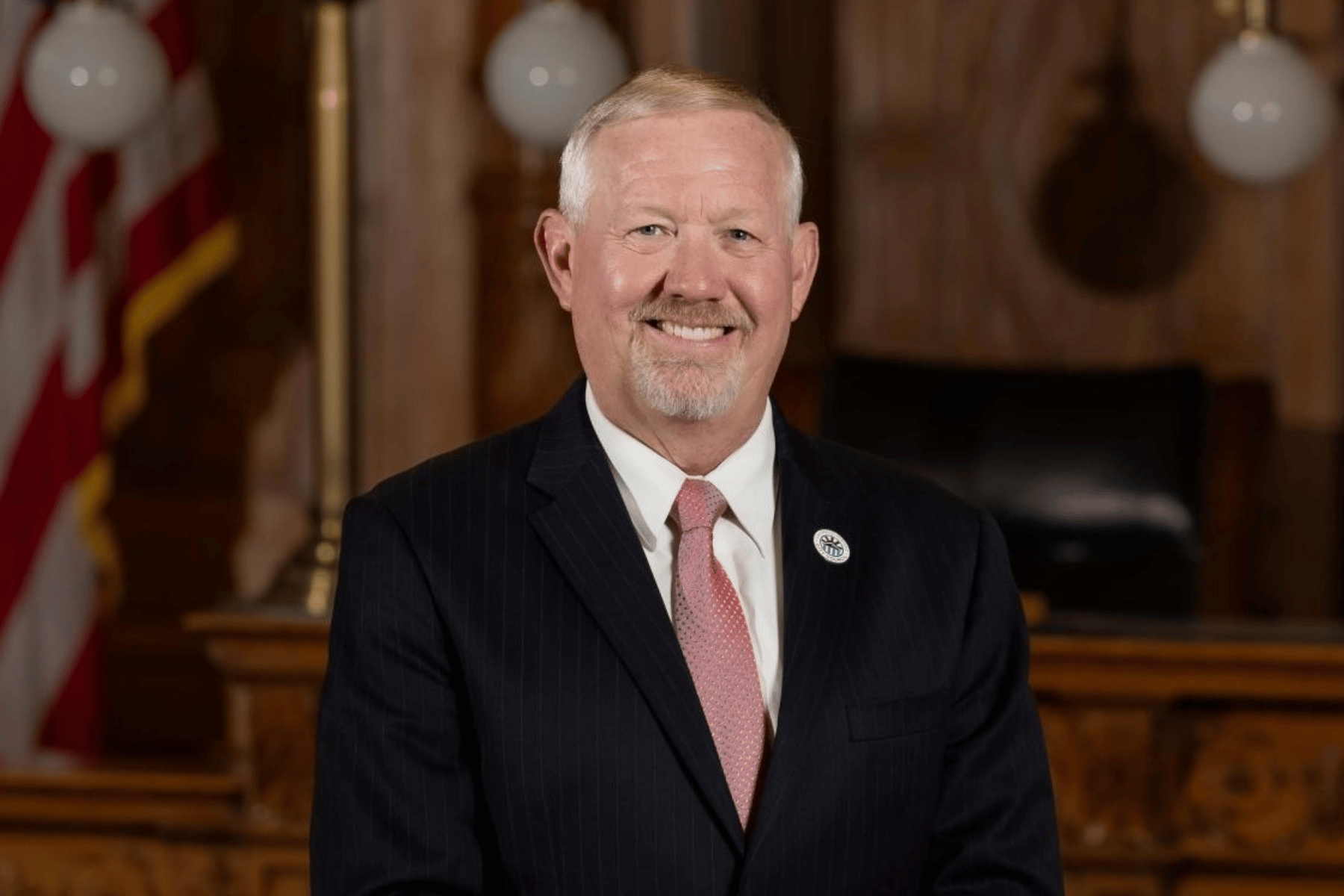
Coloradans pride themselves on the quality of their drinking water, most of which originates high up in the Rocky Mountains. But many communities on the Eastern plains have water that not only tastes bad, it’s out of compliance with federal drinking water standards.
Many diners at the J and L Cafe in downtown Sterling are sipping on glasses of tap water as they enjoy lunch on this December morning. That was not the case just a year ago.
“You couldn’t hardly drink it,” says Kathy Orchid, who says she never used to drink the tap water. “You could hardly drink it. It’s much better.”
The difference lies in the new multi-million dollar water treatment plant, less than a mile from the diner.
“The EPA…put the city on an enforcement order where we were basically told we had to fix the problem,” says Jeff Reeves, Sterling’s utilities superintendent, who supervises operations.
The city and the state had long been aware of problems with the drinking water, specifically that it contained radium and uranium, contaminants that can lead to kidney problems and bone cancer.
“All of these problems are naturally occurring,” says Ron Falco, who manages the Safe Drinking Water Program for the State of Colorado. “So this problem happens in the ground water as it’s moving through formations that may just have naturally high levels of radium or uranium.”
Falco says dozens of other communities, all on the Eastern Plains, are also struggling with water quality because like Sterling, they rely on ground water.
The EPA issued new drinking water standards in 2008, which meant those locations were now out of compliance with federal standards. Falco and other state health officials started working with the communities to improve the water systems.
“Historically, about 55 systems in the state of Colorado serving about 32000 people have struggled with uranium and radium in their drinking water,” says Falco. “By 2008, that number was at about 37 systems and about 21000 people.”
Sterling’s new water treatment plant is about a year old, and has put a dent in those numbers. This town of about 15,000 people in the South Platte River Basin was the largest municipality in the state facing this water quality issue.
The plant uses reverse osmosis to remove the uranium and radium. Reverse osmosis forces the water through a membrane, trapping contaminants which then form a concentrated brine.

But there are a couple of challenges. One is a 15% loss in usable water due to the treatment process, a significant figure for a region grappling with water quantity AND quality. The other problem is what to do with that wastewater.
Utilities manager Jeff Reeves says they’re storing that wastewater in an underground reservoir. “That’s down below an impermeable layer so it can’t get back up into the drinking water.”
Despite those two challenges, Reeves says the city of Sterling now has water that is well within federal standards. In addition, the reverse osmosis process has also improved the taste.
“We thought that we might as well make the water much more aesthetically pleasing,” says Reeves. “If you’re going to produce a product that people are going to have to pay for it’s a lot easier to get along with the customers if the water is good.”
But back at the J and L Cafe, diner Dennis Lambert says he’s not convinced the $30 million water treatment plant is making a difference.
“I still don’t trust it to drink it. Everything that’s in it, I’d just rather have bottled water,” says Lambert.
Lambert and other Sterling residents may still have a bad taste in their mouth, but now it’s due to the water charges. They’re paying 50% more than a year ago, and that has had a big impact on the town.
“A lot of people have changed their ways,” says Lambert. “I don’t water my lawn as much as I used to. I used to have a good back yard and a front yard. Now it’s a front yard, that’s it.”
Ron Falco of the Colorado Department of Health and Environment says Sterling’s changes to water treatment are a success. However, other smaller communities are still looking for ways to get their drinking water into compliance.
Connecting the Drops is a collaboration between Rocky Mountain Community Radio stations and the Colorado Foundation for Water Education. Find out more at YourWaterColorado.org.








